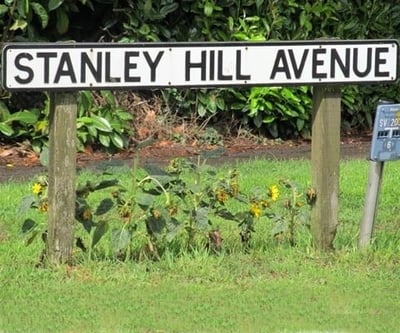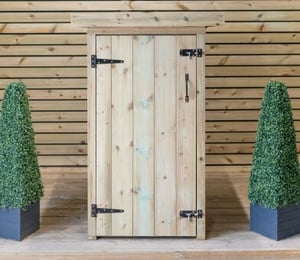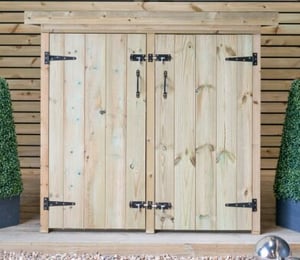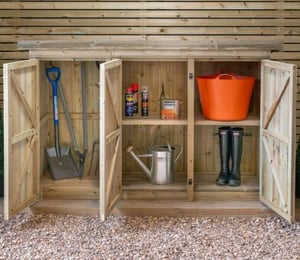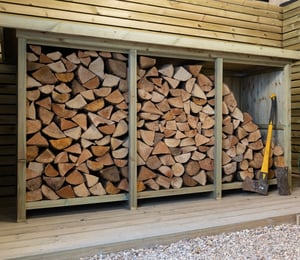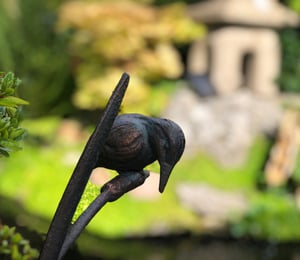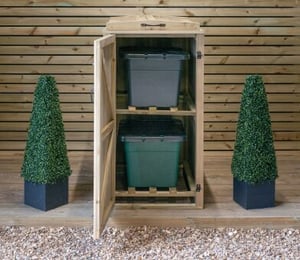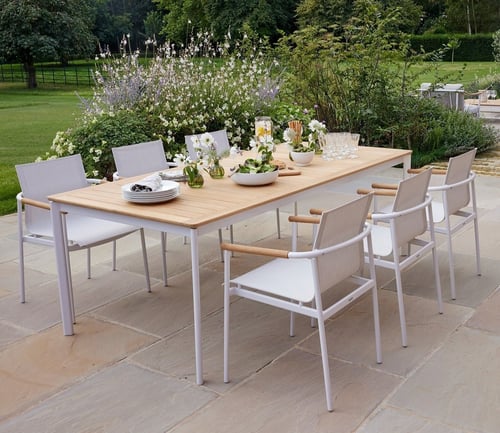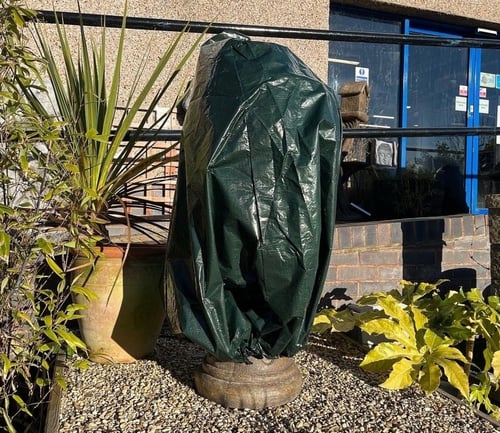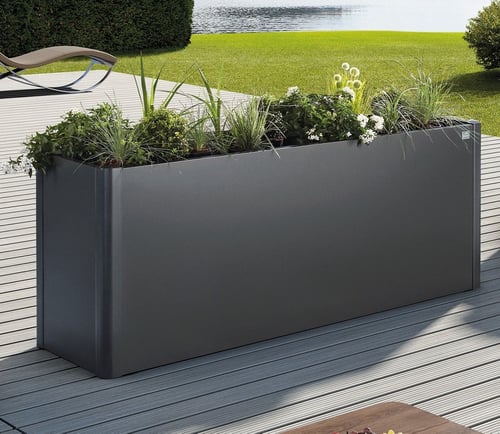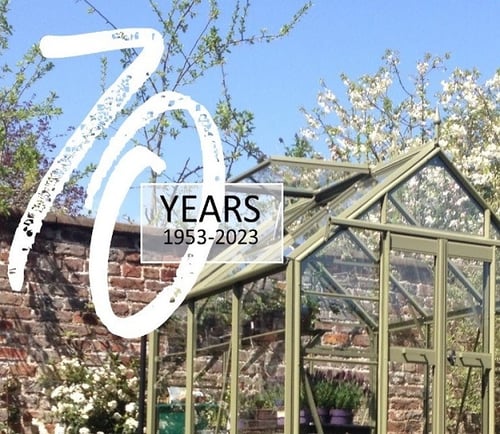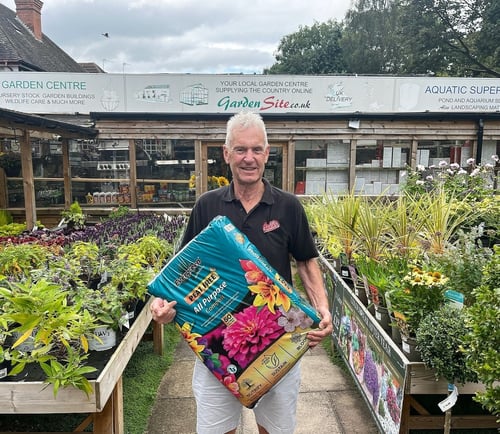I don’t know whether it still happens but Birmingham City Council used to lay green tarmac on traffic islands where grass wouldn’t grow.
This was either inspired or a comical attempt to replicate nature.
We’re talking about the 60s and 70s, when concrete was king and tarmac his ever willing assistant. But times change, and if you now notice formerly abandoned areas that boast floral riches, it may be the work of Guerrilla Gardeners.
These activists, who are a mixed bag of people from keen gardeners to others who want direct action against the status quo, cultivate neglected or abandoned land. They don’t own the plots but replace environmental decay with shrubs and flowers.
A long history
Modern-day guerrilla gardening can be traced back to 1960s San Francisco and New York, but surprisingly enough comparisons have been drawn with ‘The Diggers’ in 17th century England.
This group of dissenters were ‘agrarian socialists’ who took over uncultivated land and used it for agriculture. Their aim was to form egalitarian rural communities and to disrupt the existing social order.
Although laudable, it’s probable that most present day guerrilla gardeners just want our surroundings to look pretty, even if the wasteland, verges and empty spaces they beautify represent a wider social malaise.
Their activities are not really cloak and dagger material, some guerrilla gardening takes place during the day, planting bulbs on traffic islands, bedding plants around the base of a tree or larger scale landscaping projects.
Local people generally approve. Shared community spaces are revived without having to badger the council, who wouldn’t be particularly interested anyway. And who would complain if their barren inner city area suddenly bloomed with colour?
Worth the risk
Technically it’s illegal, the perpetrators may even get a buzz from breaking the law for the first time in their lives, but what council is going to put a stop to an activity that improves people’s lives for once rather than blighting them.
The essentials for guerrilla gardening are fairly basic. Good quality footwear for starters, bags and sacks are also necessary to carry away anything you’ve dug up. Then you need hardy plants, tough enough to thrive in harsh surroundings.
Plan carefully, recruit friends or like minded people through social media. And don’t forget that any plot needs continual looking after, you have to be prepared to water regularly (which means carrying it there rather than having the luxury of a hosepipe).
There is certainly some criticism within the gardening community concerning whether guerrilla gardening is ‘meaningful’ or just a quick fix by middle class idealists who see it as little more than a jape.
But, on the whole, I think if you ask anyone whose street has been transformed from Desolation Row into All Things Bright and Beautiful, they’ll be appreciative of the guerrilla gardeners’ efforts.
